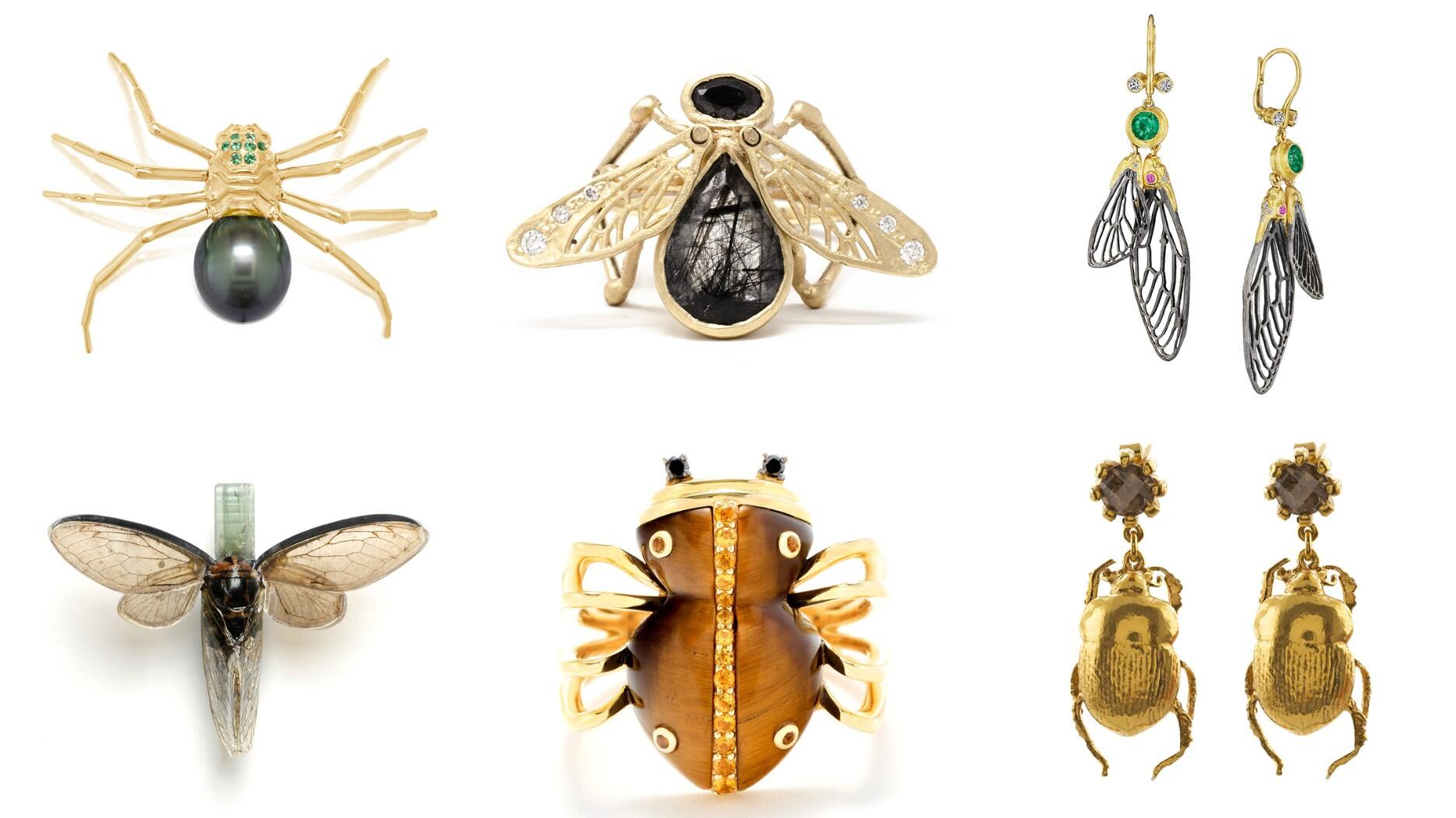Carlos Jose Hernandez and Joshua Zuazo were sentenced to life without the possibility of parole in the 2024 murder of Hussein “Sam” Murray.
Lab-grown diamonds: A consumer’s perspective
It’s been a rough (no diamond pun intended) past couple of weeks for two of the industry’s largest producers of lab-grown diamonds.

It’s been a rough (no diamond pun intended) past couple of weeks for two of the industry’s largest producers of lab-grown, or synthetic, diamonds.
The board of Scio (formerly Boston-based Apollo) in Greenville, S.C. got what they wanted, forcing out interim CEO Gerald McGuire just a week after he took office, along with board members Edward Adams, Robert Linares (who is Adams’ father-in-law and the founder of Apollo), and Theodorus Strous. Scio shareholders had been advocating for change for months, pointing out that the company isn’t making any money.
Gemesis also announced major changes, hiring new CEO Lisa Bissell, who spent 20 years with diamond wholesaler M. Fabrikant & Sons, and changing its name to Pure Grown Diamonds. According to Gemesis, they brought Bissell on board to promote transparency within the lab-grown diamond industry, which is badly needed. Her appointment is part of the company’s vision to “set new benchmarks for the grown diamond industry,” Gemesis said.
These changes are, to me, a sign that these two companies are having trouble forging their identities, getting a foothold in the consumer market and, at the end of the day, making sales.
But why? What is the trouble with this product that, according to some sources, was poised to bring down the entire mined diamond industry in just a few short years?
To find the answer to this, I chose not to call jewelers but instead to go straight to the source: consumers. What do the people on whom the industry depends to buy diamonds think of lab-grown stones? Would they buy them?
Here’s what I found out in conducting this (very informal) poll.
1. “Lab-grown diamonds are a thing?” In conducting my (again, very informal) research, what became quickly apparent is that many people don’t know diamonds can be grown in a laboratory. “As a 27-year-old, my friends and family members are getting engaged at a rapid rate,” one respondent wrote. “I don’t have a single friend who has a lab-grown diamond engagement ring, nor have I ever spoken with someone … who has wanted one. Honestly, I don’t think many consumers are aware of them, especially men.”
If they are aware that lab-grown diamonds exist, they don’t understand the difference between a lab-grown stone, which is an actual diamond with the same optical, physical and chemical properties as the stones that grow naturally underground, and what we
Three of the people I polled mentioned CZ in the same sentence as lab-grown diamonds, not aware that there’s a difference. “Is this not the same thing as a cubic zirconia?” one respondent asked, while another wrote, “I do know about them (lab-grown diamonds) although I am not sure where they end and cubic zirconia/Swarovski crystal begins.”
2. Though there’s a lack of awareness, the stones aren’t a complete turnoff. Despite the lack of education on the existence and exact composition of lab-grown diamonds, I would characterize the overall reaction toward the stones as positive.
This is mainly due to the ethical aspect of lab-grown diamonds and, unfortunately, the perceived lack of ethics and human rights issues many think are inherent in the mining of natural diamonds.
It should be no surprise to anyone that today’s consumers are concerned about the origin of the products they buy; this has been stated time and time again in the seemingly endless number of surveys conducted about the Millennial generation. It is a trait that, in my opinion, is exhibited by members of Gen X as well.
One of my respondents, a self-proclaimed “diamond illiterate,” had no idea that lab-grown diamonds even existed until I asked her about them. But she was thrilled to learn about the stones; just look how many exclamation points she used in her response: “I had NO idea that diamonds could be lab-grown! I would absolutely be open to a lab-grown diamond, even over an ethically sourced (mined) one. I think it completely changes decisions and conversations!”
Another respondent who went with a mined diamond for her engagement ring--she liked the symbolism of something that had been forged over time under heat and pressure marking her union--said she’d be open to buying lab-grown diamond jewelry in the future.
In her response, she exhibited another trait apparent throughout the Millennials and the younger members of Gen X: They have no desire to “keep up with the Joneses.”
“I don’t feel I’ve anything to prove to anyone so I am not concerned about if what I’m wearing is ‘real’ or not. I’m more interested in the aesthetics (and ethics) of my jewelry,” she wrote.
3. They don’t like the term ‘lab-grown.’ One very interesting point that came up in my (again, very informal) poll is that the term “lab-grown” does not have widespread consumer appeal.
A few of my respondents thought the product could use a marketing overhaul and, apparently, so did Gemesis, which, as noted above, is now calling itself Pure Grown Diamonds and states on its website that, “All diamonds from Pure Grown Diamonds are lab-created, guaranteeing a socially and ecologically responsible point of origin.”
“They need to come up with another name other than lab-grown diamond,” one of my respondents wrote. “It’s brilliant how some bag-makers call their bags ‘vegan’ purses for their synthetic leather bags. I admit I feel better about myself when I purchase a ‘vegan’ purse. I think the same could be done for the lab-grown diamond market.”
Another said, “’Grown’ in particular sounds weird … you’re losing the symbolism of something valueless and common being turned into something beautiful and rare(er) thanks to pressure and time. You have to compensate for that somehow.”
While having a “vegan” equivalent for lab-grown diamonds appeals to consumers, the industry is bound by Federal Trade Commission rules, which dictates that the term “laboratory-created,” “laboratory-grown,” or “(manufacturer name)-created,” precede the word diamond when describing a stone that was grown in a laboratory.
These FTC guidelines are jewelry-industry inside baseball, so to speak, and would not be something the people I polled would know about in commenting on lab-grown diamonds. But, overall, I do think their answers give interesting insight into consumers’ perspective on lab-grown diamonds.
Retailers, what do you think? Do the above thoughts align with your customers’ thoughts and feelings on lab-grown diamonds?
The Latest

Yood will serve alongside Eduard Stefanescu, the sustainability manager for C.Hafner, a precious metals refiner in Germany.

The New Orleans jeweler is also hosting pop-up jewelry boutiques in New York City and Dallas.

How Jewelers of America’s 20 Under 40 are leading to ensure a brighter future for the jewelry industry.

Set in a Tiffany & Co. necklace, it sold for $4.2 million, the highest price and price per carat paid for a Paraíba tourmaline at auction.

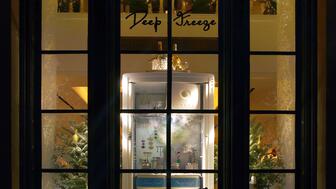
The jeweler’s “Deep Freeze” display showcases its iconic jewelry designs frozen in a vintage icebox.
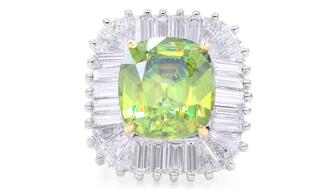
Take luxury gifting to new heights this holiday season with the jeweler’s showstopping 12-carat sphene ring.

Roseco’s 704-page catalog showcases new lab-grown diamonds, findings, tools & more—available in print or interactive digital editions.

This year's theme is “Unveiling the Depths of the Ocean.”

In its annual report, Pinterest noted an increase in searches for brooches, heirloom jewelry, and ‘80s luxury.

Starting Jan. 1, customers can request the service for opal, peridot, and demantoid garnet.

The 111-year-old retailer celebrated the opening of its new location in Salem, New Hampshire, which is its third store in the state.

The new catalog features its most popular chains as well as new styles.

The filmmaker’s personal F.P. Journe “FFC” prototype was the star of Phillips’ recent record-setting watch auction in New York.

The new location in the Design District pays homage to Miami’s Art Deco heritage and its connection to the ocean.

Inflations, tariffs, and politics—including the government shutdown—were among consumers’ top concerns last month.
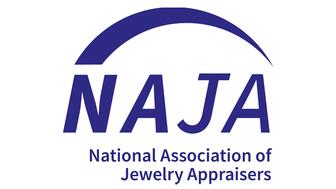
“Longtime favorite” presenters, as well as first-time speakers, will lead talks and workshops at the annual event in Tucson next year.
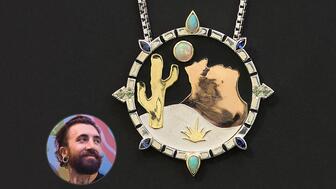
Silas Smith of Meridian Metalworks won the challenge with his pendant that blends Australian and American landscapes.
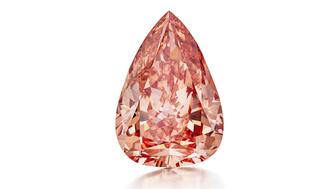
The sale of the 31.68-carat, sunset-hued stone was part of Sotheby’s first series of events and auctions in Abu Dhabi.

Most customers who walk into your store this month have made up their minds. Your job is to validate their choice, Emmanuel Raheb writes.

The collection features characters and motifs from Ukrainian folklore, including an enchanted mirror and a magic egg.

MatrixGold 3.11, the newest version of the jewelry design program, offers more flexibility, precision, and creative control.

The pavilion will be part of the 2026 JA New York Spring show, scheduled for March 15 to 17.

Kadet, a 1994 National Jeweler Retailer Hall of Fame inductee, helped grow the family-owned retailer in the Chicago area and beyond.

Billed as the world’s smallest wearable, Lumia Health’s new smart earrings have a health tracker subtly embedded in the back.
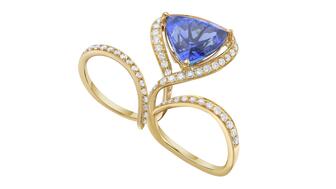
Don’t let those with December birthdays feel blue. Help them celebrate their month with blue zircon, turquoise, and tanzanite.

The new pink sapphire version of the piece dances with its wearer in the brand’s “Icons After Dark” holiday campaign.












